
Myanmar (Burma) Travel Guide
| Due to the unstable situation and very high level of general risk, traveling to Myanmar (Burma) may be dangerous. Read more |
Tourist season
Are December and January good months to visit Myanmar (Burma)?
December
High
season
January
High
season
Did you know?
The surface area of Myanmar (Burma) is 261.2 thous. mi², which puts the country in position number 41 in terms of the area in the world.
How far is it?
1. The site uses the Great Circle method of calculating distances between two points on the Earth
2. To change the cities for comparison, change Your Country in settings
The distance between Naypyidaw (MM) and Warsaw (PL) is 4524 miles
To calculate distance between your location and Naypyidaw click here
Country Comparison
Compare Myanmar (Burma) to any country in the world and see key differences between them side-by-side.
Get ready for your next trip
With just a few clicks you can find the best accommodation, airline tickets, or buy insurance that provides comprehensive protection for your next journey.
Cities and Top Tourist Attractions
From historical cities to picturesque landmarks and fascinating places - don't miss out on these attractions when planning a visit to Myanmar (Burma)
| Miles | Yangon | Mandalay | Bagan | Naypyidaw | Mawlamyine | Mrauk U | Bago | Monywa |
| Yangon | - | 358 | 314 | 204 | 99 | 326 | 43 | 374 |
| Mandalay | 358 | - | 96 | 154 | 392 | 209 | 322 | 62 |
| Bagan | 314 | 96 | - | 128 | 370 | 115 | 285 | 68 |
| Naypyidaw | 204 | 154 | 128 | - | 245 | 200 | 168 | 176 |
| Mawlamyine | 99 | 392 | 370 | 245 | - | 406 | 96 | 421 |
| Mrauk U | 326 | 209 | 115 | 200 | 406 | - | 311 | 163 |
| Bago | 43 | 322 | 285 | 168 | 96 | 311 | - | 342 |
| Monywa | 374 | 62 | 68 | 176 | 421 | 163 | 342 | - |
Best Ways to Experience Myanmar (Burma)
- Cuisine
- Animals
Practical Information for Travelers
- Budget
- Currency
- Vaccinations
- Visa
- Electricity
Determine the expenses for your travel or vacation budget, as well as the expenditures associated with residing in another country
MoreBackpacker's budget
Daily budget for one person, assuming that two people travel in a standard close to 1 star (hostels, public transport). When traveling alone, the cost may be slightly higher (hotel room) or the same (dormitory accommodation).from
Tourist's budget
Daily budget for one person, assuming that two people travel (they share the cost of a hotel room, taxis, etc.) to a standard close to 3 stars. Costs for a solo traveler will be higher.from
- EUR
- GBP
- MMK
- PLN
- USD
Currency
MoreKyat (MMK)
- EUR
- GBP
- MMK
- PLN
- USD
- EUR
- GBP
- MMK
- PLN
- USD
| = |
Vaccinations
MoreAll travelers
You should be up to date on routine vaccinations while traveling to any destination. Some vaccinations may also be required in Myanmar (Burma).
Most travelers
Get travel vaccines and medicines because there is a risk of these diseases in the country you are visiting.
Some travelers
Vaccinations and medications that may be recommended under certain conditions, depending on where you will be, the length of your stay and the nature of your stay.
Cholera
Cholera is a disease of the digestive tract caused by the bacterium Vibrio cholerae.The most common infection occurs through the ingestion, mainly through water contaminated with human faeces, and also through food (mainly fruit, seafood). Less often by contact with the sick person and their environment.Prevention
- Eat and drink safely
- Reduce your exposure to germs
Hepatitis B
Hepatitis B is a disease caused by the hepatitis B virus.Infection occurs through contact of injured skin or mucous membranes with virus-infected blood or other secretions (e.g. during sexual contact, through contaminated needles or as a result of medical procedures).Prevention
- Get vaccinated
- Avoid sharing body fluids
- Avoid non-sterile medical or cosmetic equipment
Japanese Encephalitis
Japanese encephalitis is an infectious disease caused by arboviruses from the same family of microbes (Flaviviridae) that cause yellow fever or tick-borne encephalitis.The vector of infection is mosquitoes of the genus Culex and Aedes.Prevention
- Get vaccinated
- Prevent bug bites
Malaria
Malaria is a life-threatening parasitic disease transmitted by mosquitoes.Prevention
- Take antimalarial meds
- Prevent bug bites
Estimated relative risk of malaria in Myanmar (Burma)
Areas with malaria
Rabies
Rabies is an acute infectious disease caused by neurotrophic viruses from the rhabdovirus family.The infection is most often caused by biting a sick animal or other contact of its saliva with mucous membranes, conjunctiva or damaged skin.Prevention
- Get vaccinated
- Keep away from animals
With or without a visa?
Visa requirements for citizens of
- Poland
visiting Myanmar (Burma) for tourism
A visa is required, but can be obtained through the relevant website.
- data-sort-type=number | Allowed stay: 28 days
- eVisa holders must arrive via Yangon, Nay Pyi Taw or Mandalay airports or via land border crossings with Thailand — Tachileik, Myawaddy and Kawthaung or India — Rih Khaw Dar and Tamu.
- eVisa available for both tourism or business purposes.
Electricity
230V (50 Hz)
In Myanmar (Burma) the standard voltage is 230V and the frequency is 50 Hz. Type A, C, D, G, I sockets are used.
Click on the socket icon to see more informationFacts and Figures
Fundamental socio-economic statistical data pertaining to the country
Population | 26 / 231 Ranking | 54 409 800 Burman 68%, Shan 9%, Karen 7%, Rakhine 4%, Chinese 3%, Indian 2%, Mon 2% |
Area | 41 / 230 Ranking | 261.2 thous. mi² It is approximately 216% of the territory of Poland. |
Life expectancy | 146 / 196 Ranking | 69.6 Life expectancy expressed in years.men 68women 71.4 |
Median age | 65 / 157 Ranking | 29.2 Average age of population expressed in years.men 28.3women 30 |
Population growth | 100 / 172 Ranking | 0.81% The difference between live births and deaths. A negative value means natural loss. |
Literacy | 63 / 131 Ranking | 89.1% Ability to read, write and count.men 92.4%women 86.3% |
GDP | 145 / 194 Ranking | 5 122 INT$ GDP per capita is gross domestic product converted to international dollars (Int$) using purchasing power parity rates and divided by total population. |
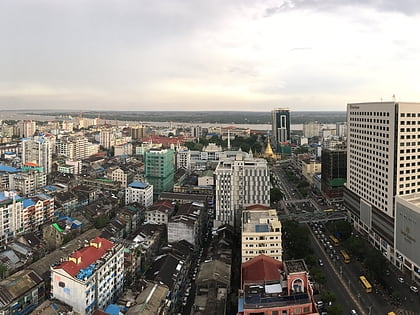
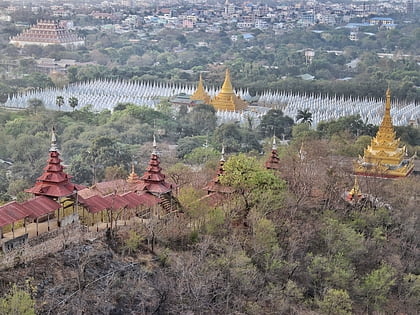
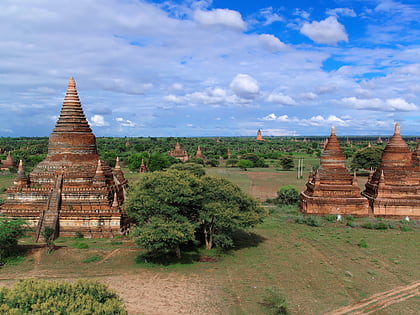
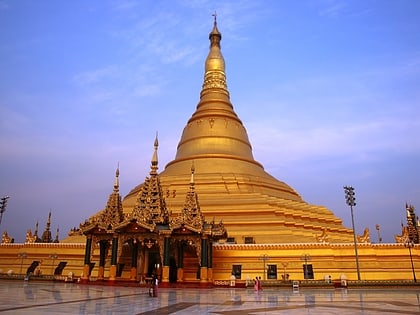
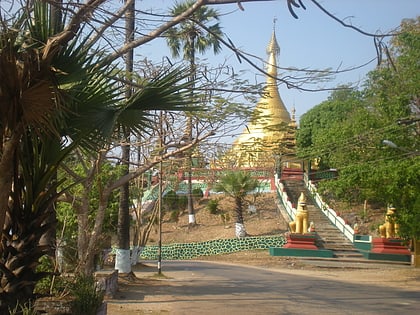
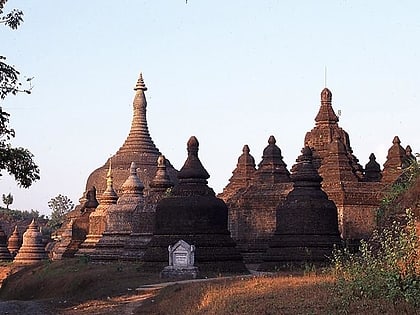
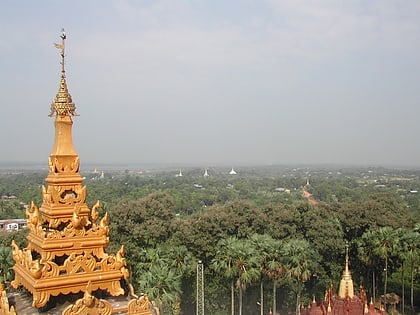

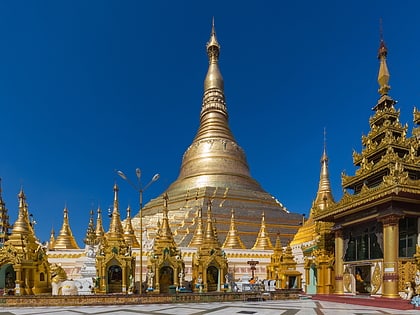
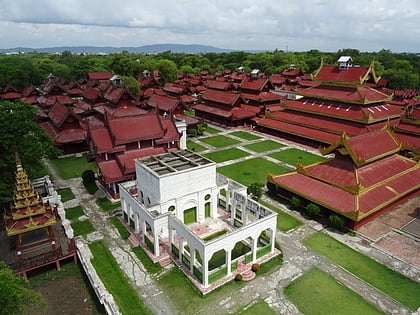

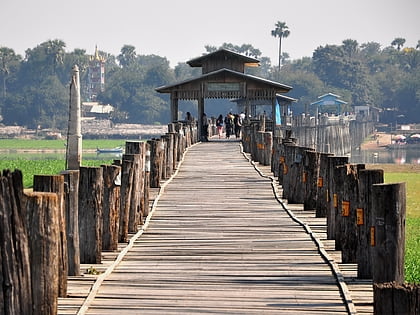
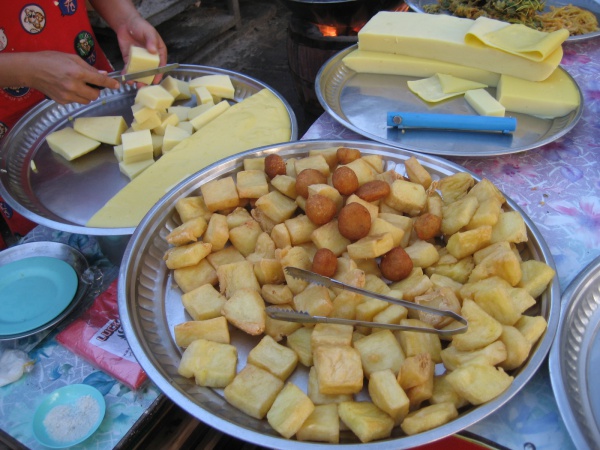

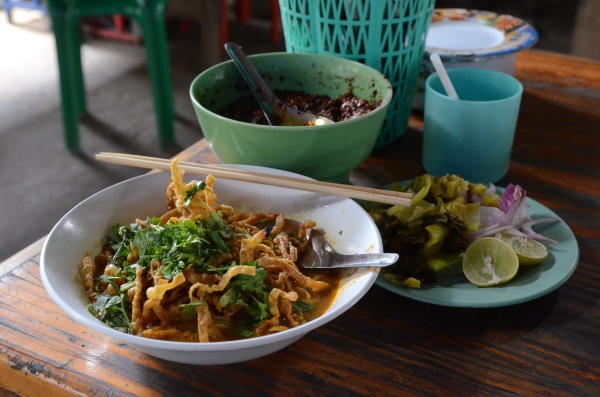
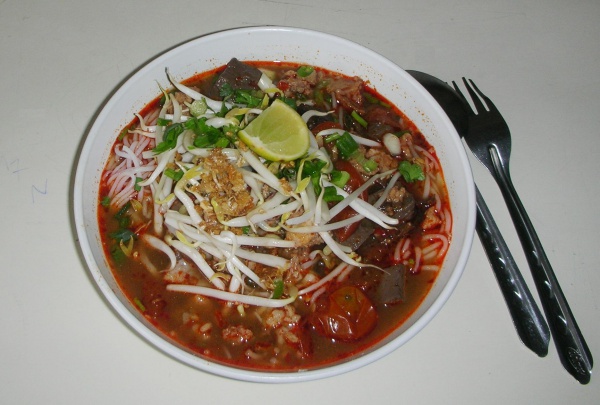
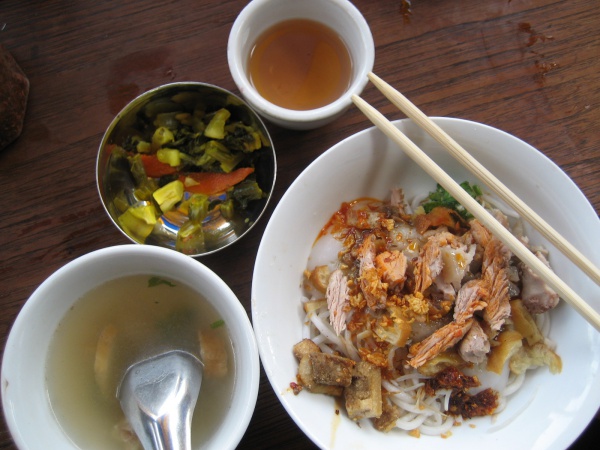
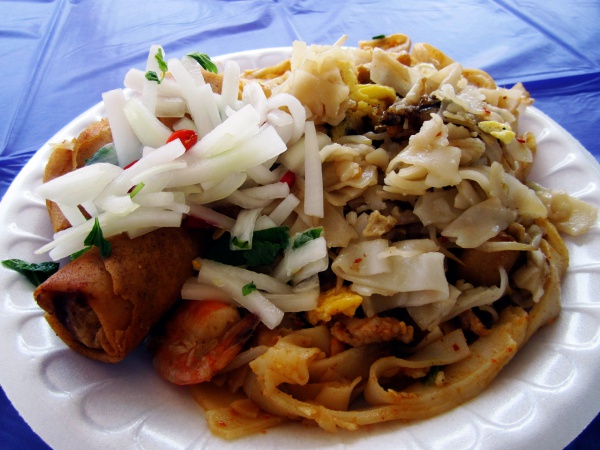
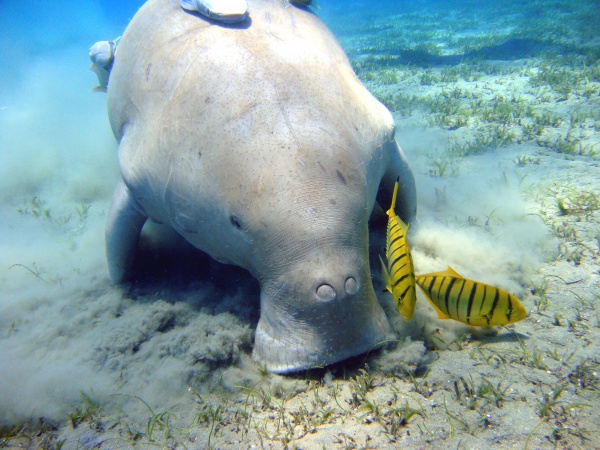



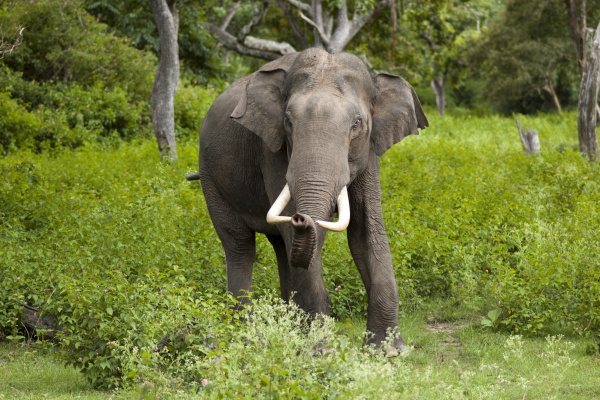






 China
China